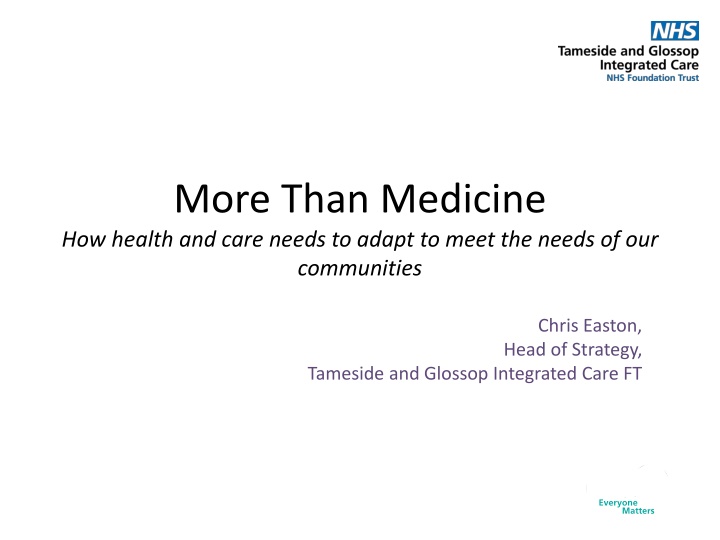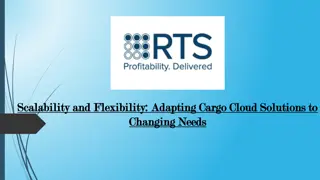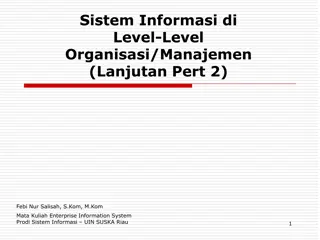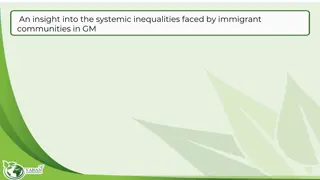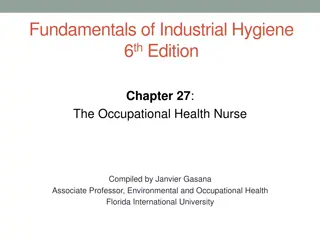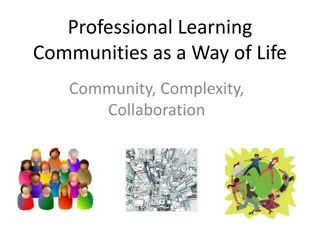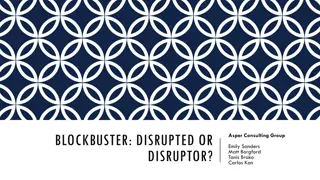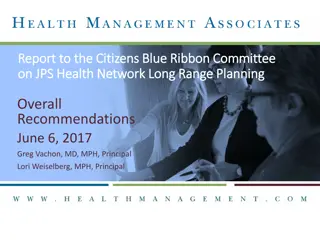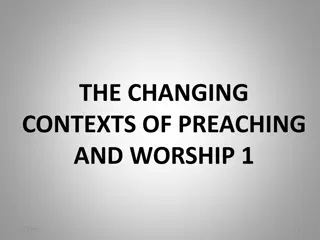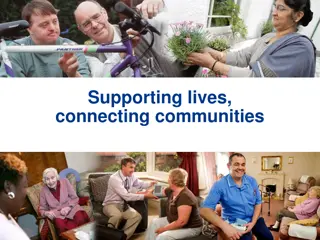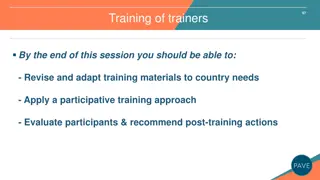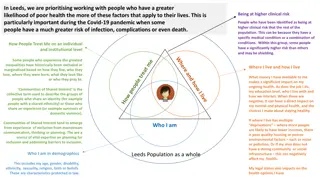Adapting Health Systems for Changing Communities
Challenges in the health system include funding gaps, increasing demand, advanced technology costs, and rising expectations. Adapting to changing populations requires innovative strategies, policy alignment, and a shift in mindset towards improving overall health outcomes. Recognizing strengths and limitations is key to implementing effective change towards a sustainable, efficient system.
Download Presentation

Please find below an Image/Link to download the presentation.
The content on the website is provided AS IS for your information and personal use only. It may not be sold, licensed, or shared on other websites without obtaining consent from the author.If you encounter any issues during the download, it is possible that the publisher has removed the file from their server.
You are allowed to download the files provided on this website for personal or commercial use, subject to the condition that they are used lawfully. All files are the property of their respective owners.
The content on the website is provided AS IS for your information and personal use only. It may not be sold, licensed, or shared on other websites without obtaining consent from the author.
E N D
Presentation Transcript
More Than Medicine How health and care needs to adapt to meet the needs of our communities Chris Easton, Head of Strategy, Tameside and Glossop Integrated Care FT
The challenges facing the health and care system By 2020/21, if we do nothing there will be a 22bn gap between the cost of the health system and the budget available to pay for it; People are living longer, acquiring more long term conditions and requiring more significant levels of care; The NHS is a victim of its own success with more advanced treatments and technology coming at greater cost; People s expectations of the health and care system continue to increase; The health and care system is large and complex;
Thinking differently about what really impacts on health
The changing face of commissioning
Recognising our strengths and our limitations
Thinking differently about change Savings in the system can only really be delivered in four ways: People with ongoing care and support needs managing conditions better People living healthier lives and therefore using less resource Creating efficiencies in delivery and commissioning People choosing to transact differently
The future of health and care Person Centred Coordinated Care and Support
So what can we do to change? Move away from medical model health and care with patients as passive recipients; Recognise the limitations and expertise of the system; Critically, recognise the assets that exist within people, their families and their communities; Build new partnerships and new models of working, especially with organisations outside of health and care; View health and care through the lens of people s lives, not through the lens of the system; Remove some of the barriers that make person centred approaches difficult; New approaches to commissioning, focusing on prevention, wider determinants of health and investment in the voluntary and community sector; Think about success differently both at an individual and system wide level;
Any questions? Contact Details: Chris.easton@tgh.nhs.uk @chris_easton1
